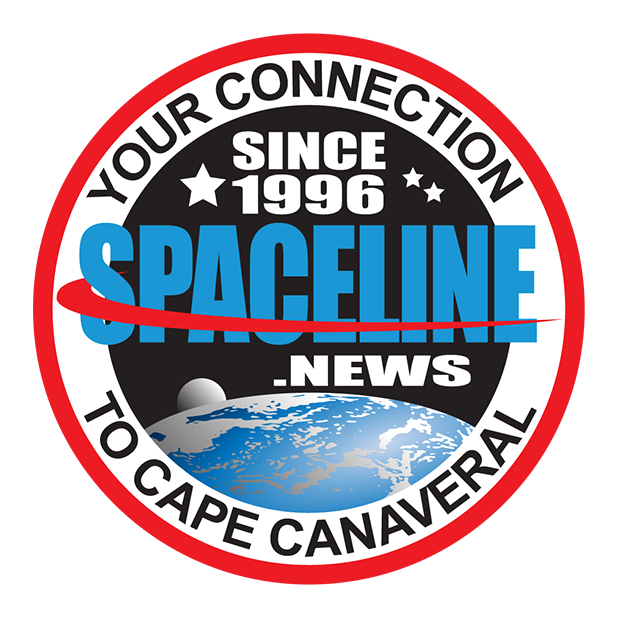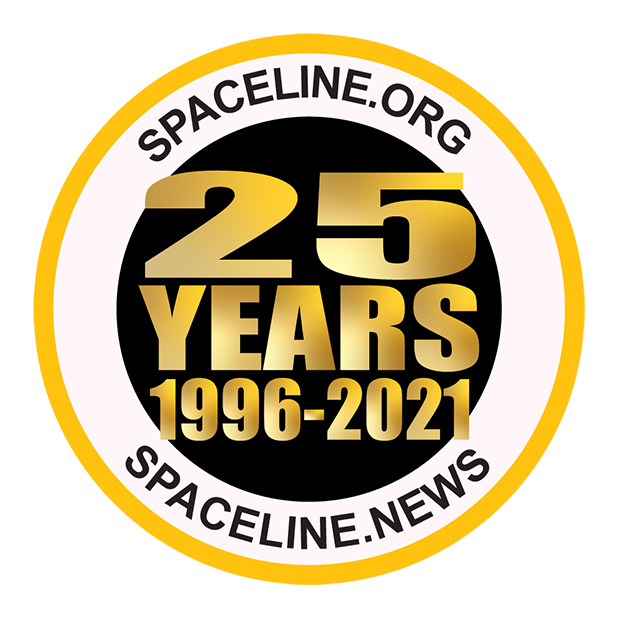Spaceline News Archives
March 2023
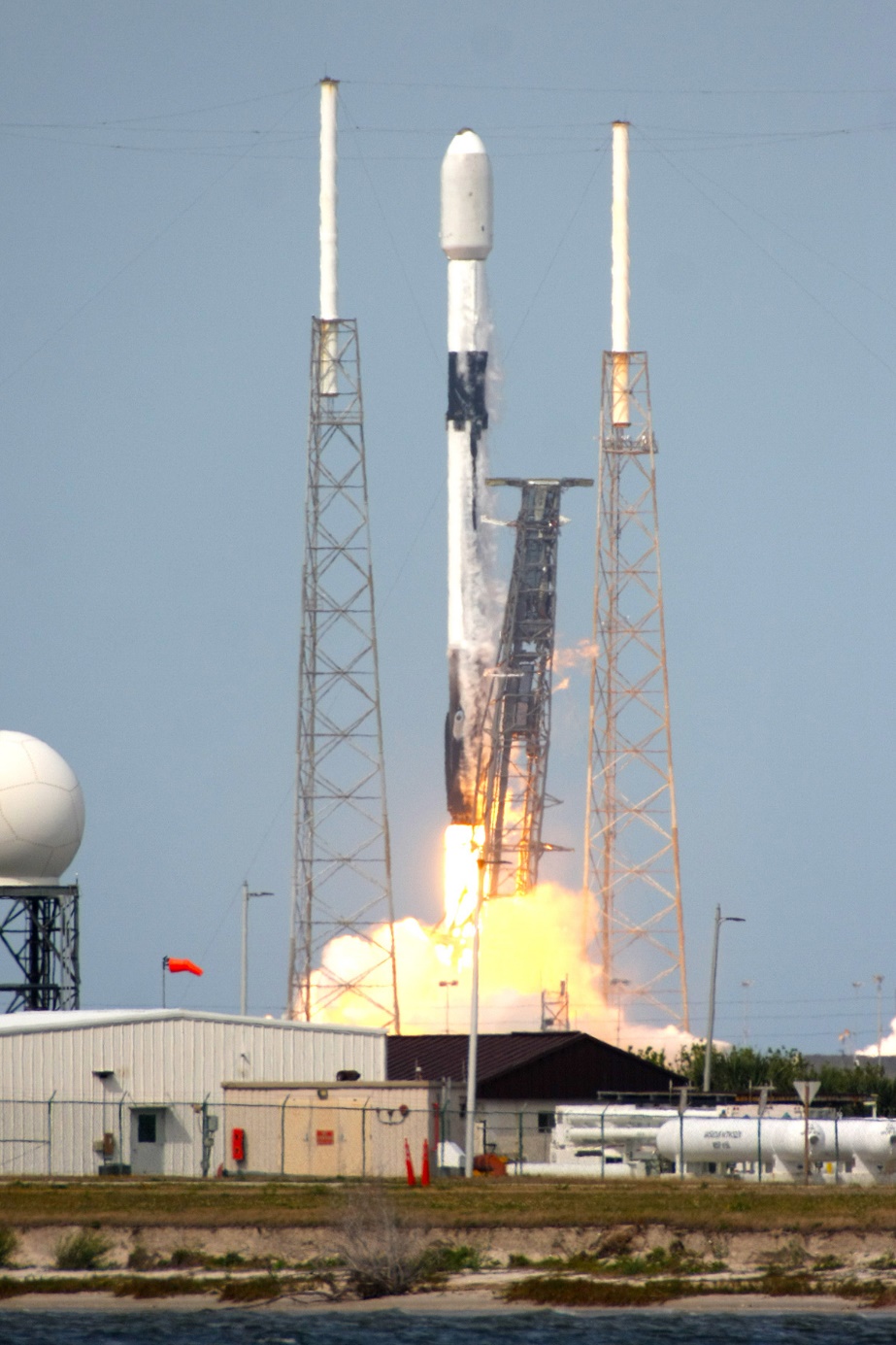
Falcon 9 Starlink 5-10 Launch, Photo Courtesy Carleton Bailie/Spaceline
Falcon 9 Launches 56 Starlink Satellites
March 29, 2023 | Reported by Cliff Lethbridge
A SpaceX Falcon 9 rocket successfully launched 56 Starlink satellites at 4:01 p.m. EDT today from Launch Pad 40 on Cape Canaveral Space Force Station. The first stage booster employed today was being flown for the fourth time, having previously supported the Crew-5, GPS III-SV06 and Inmarsat-6F2 missions. The booster was successfully recovered today with a landing on the "Just Read the Instructions" drone ship, positioned on the Atlantic Ocean about 400 miles southeast of Cape Canaveral. The mission, designated Starlink 5-10, brings to a total of 4,217 Starlink satellites launched to date, although not all of these are operational or still in orbit. Starlink is a SpaceX-owned and operated constellation of broadband Internet satellites, intended to provide space-based Internet service to users worldwide. The service is currently available on all seven continents to over one million subscribers.
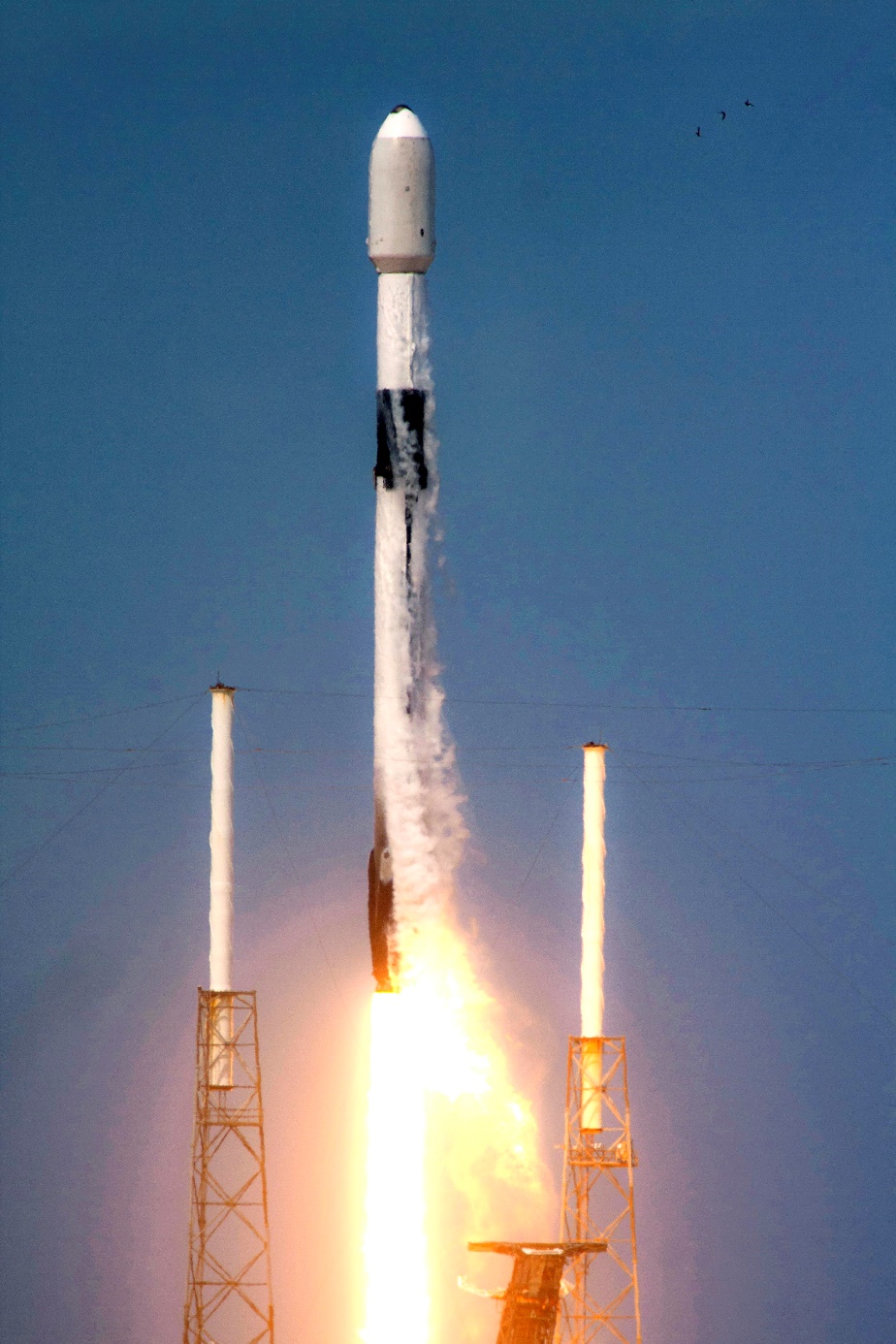
Falcon 9 Starlink 5-10 Launch, Photo Courtesy Carleton Bailie/Spaceline
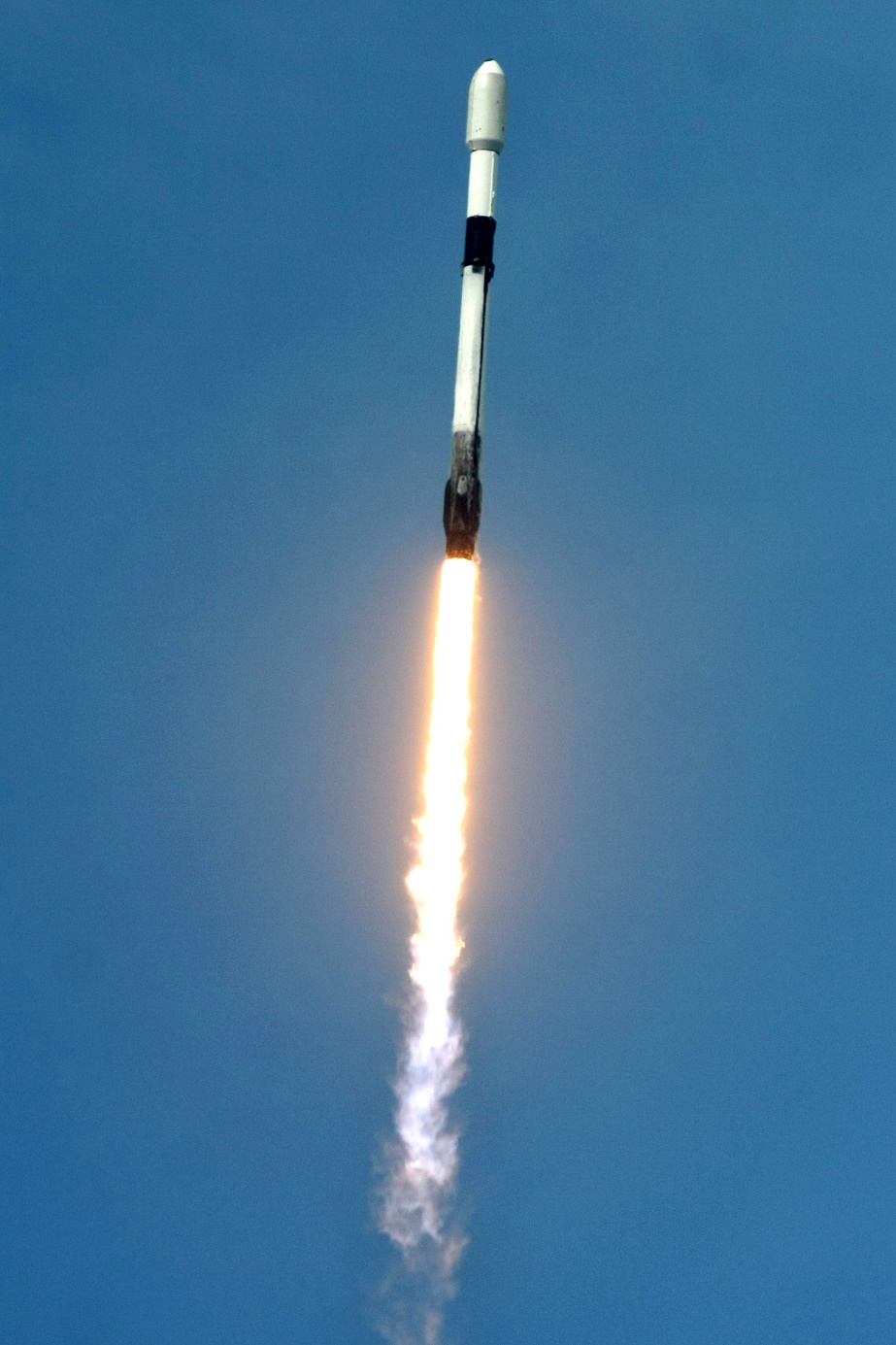
Falcon 9 Starlink 5-10 Launch, Photo Courtesy Carleton Bailie/Spaceline
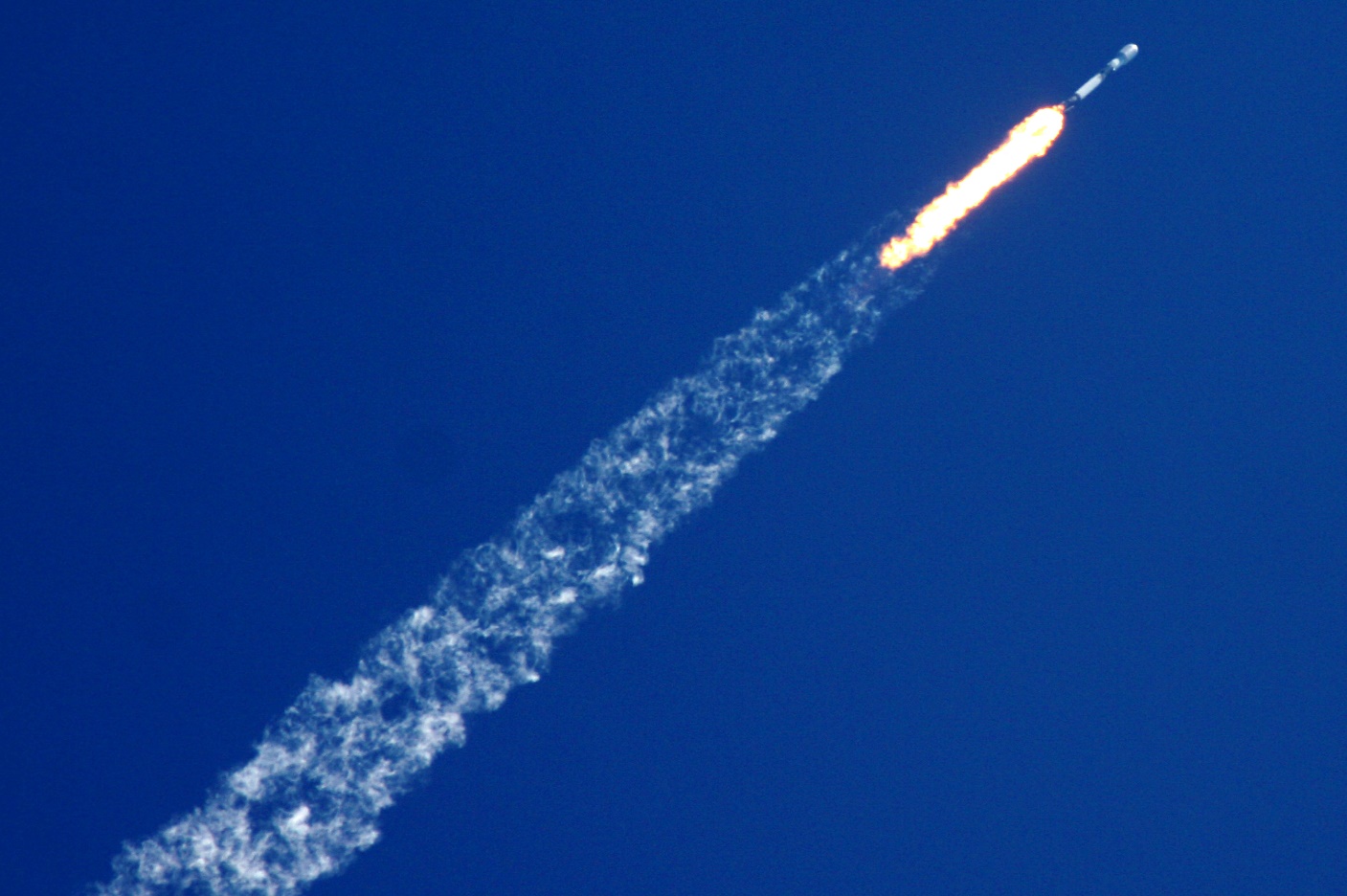
Falcon 9 Starlink 5-5 Downrange, Photo Courtesy Carleton Bailie/Spaceline
Falcon 9 Launches 56 Starlink Satellites
March 24, 2023 | Reported by Cliff Lethbridge
A SpaceX Falcon 9 rocket successfully launched 56 Starlink satellites at 11:43 a.m. EDT today from Launch Pad 40 on Cape Canaveral Space Force Station. The first stage booster employed today was being flown for the tenth time, having previously supported the CRS-22, Crew-3, Turksat-5B, Crew-4, CRS-25, Hotbird-13G, mPOWER-A and two Starlink missions. The booster was successfully recovered today with a landing on the "A Shortfall of Gravitas" drone ship, positioned on the Atlantic Ocean about 400 miles southeast of Cape Canaveral. The mission, designated Starlink 5-5, brings to a total of 4,161 Starlink satellites launched to date, although not all of these are operational or still in orbit. Starlink is a SpaceX-owned and operated constellation of broadband Internet satellites, intended to provide space-based Internet service to users worldwide. The service is currently available on all seven continents to over one million subscribers.
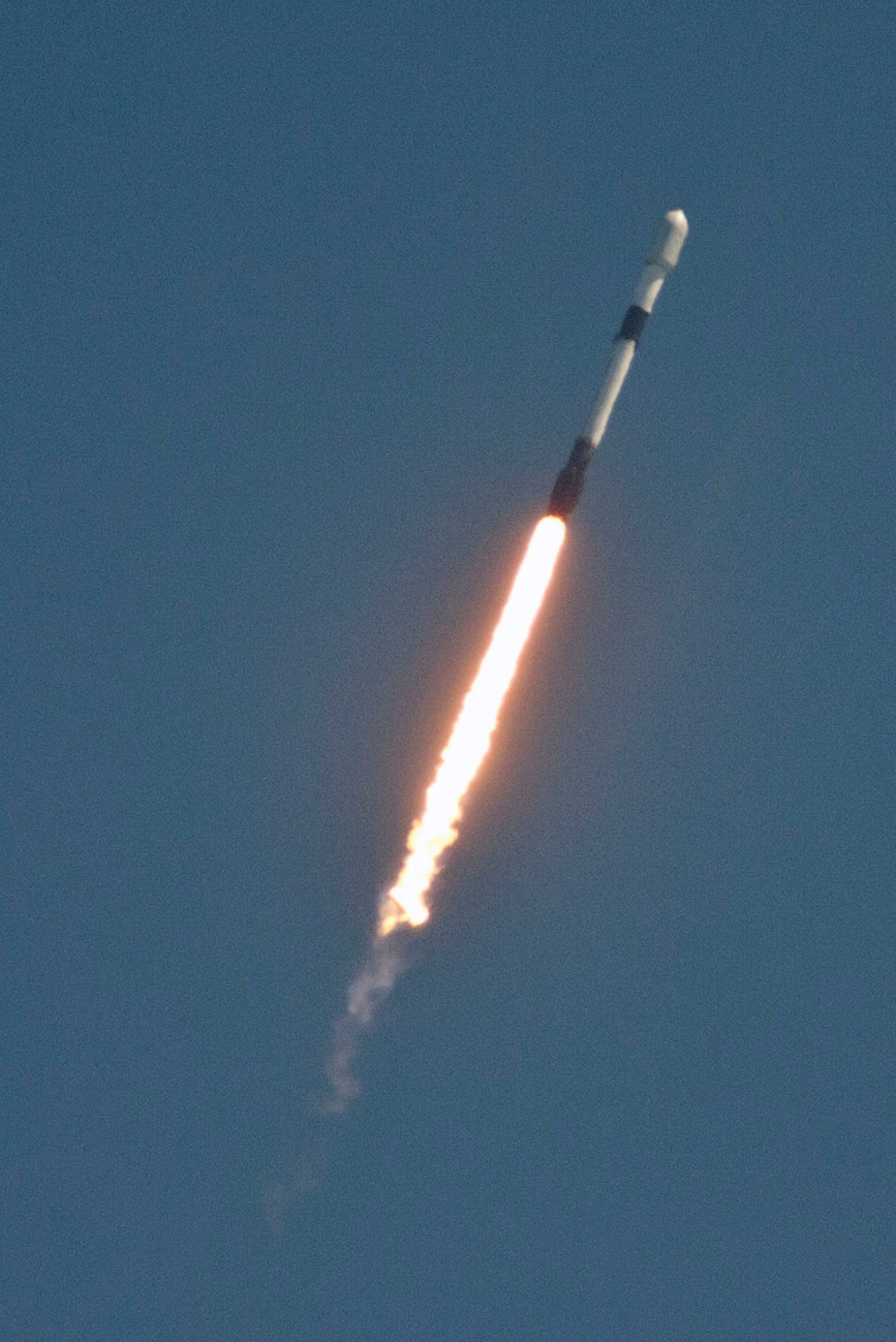
Falcon 9 Starlink 5-5 Downrange, Photo Courtesy Carleton Bailie/Spaceline
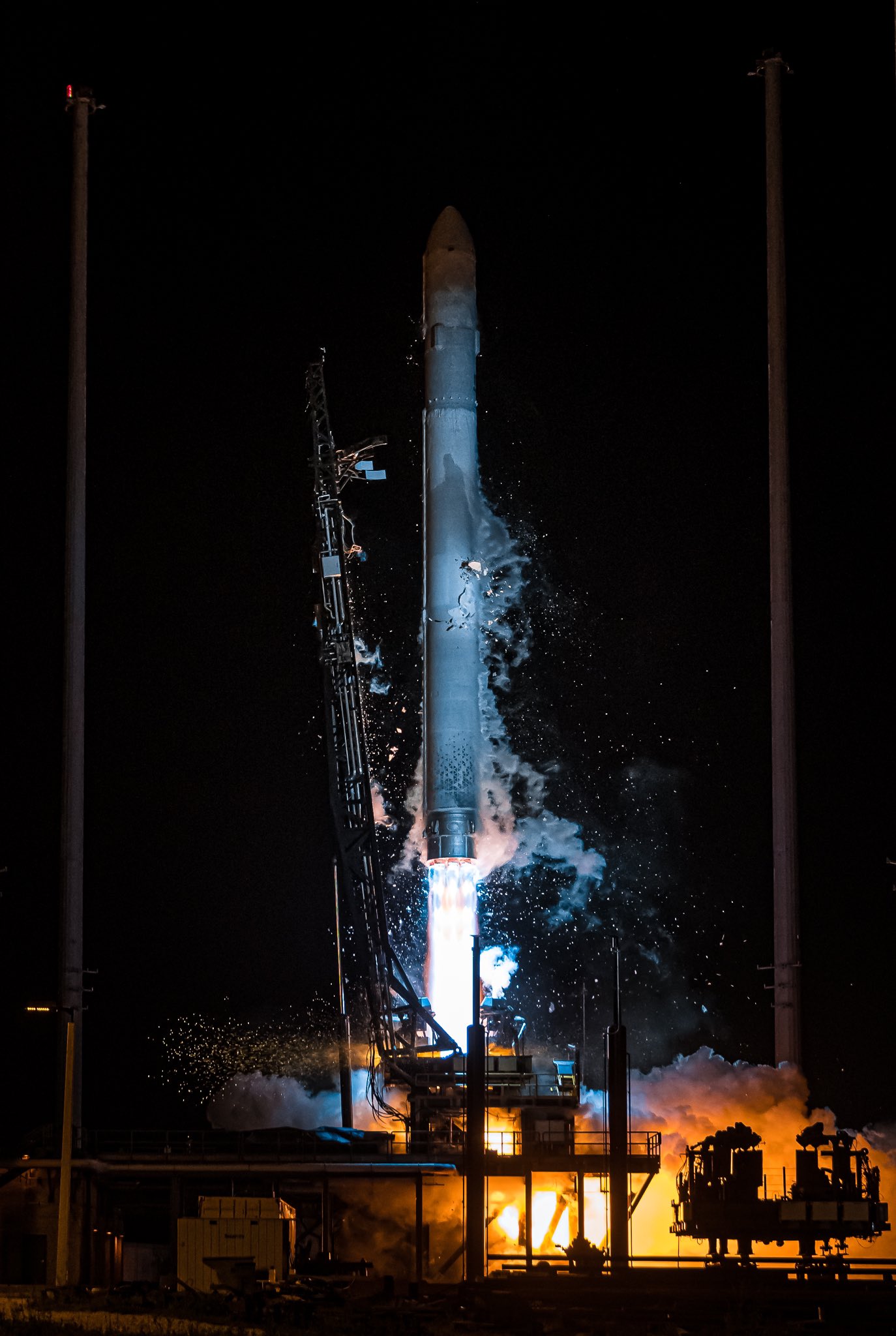
Terran I Launch, Photo Courtesy Relativity Space
Terran I Passes Important Milestones On Maiden Flight
March 22, 2023 | Reported by Cliff Lethbridge
A Relativity Space Terran I rocket began its maiden flight with a launch at 11:25 p.m. EDT today from Launch Pad 16 on Cape Canaveral Space Force Station. The rocket, named "Good Luck, Have Fun" (GLHF) is the largest 3D printed object to attempt an orbital space flight. The 110-foot tall, 7.5-foot wide Terran I rocket is 85% 3D printed using a proprietary aluminum alloy process. The rocket's first stage is powered by nine 3D printed Aeon engines, while the second stage is powered by a single 3D printed Aeon vacuum engine, with both stages fueled by liquid oxygen and liquid natural gas. The test flight, which did not carry a customer payload, reached several important milestones. It successfully passed Max Q, the point of maximum dynamic stress on the rocket body, and it successfully achieved first stage cutoff and stage separation. Video provided of the mission seemed to indicate that the rocket's second stage did not fire properly, and it did not achieve orbit. Nevertheless, the test flight did determine that 3D printed rocket flight is feasible.
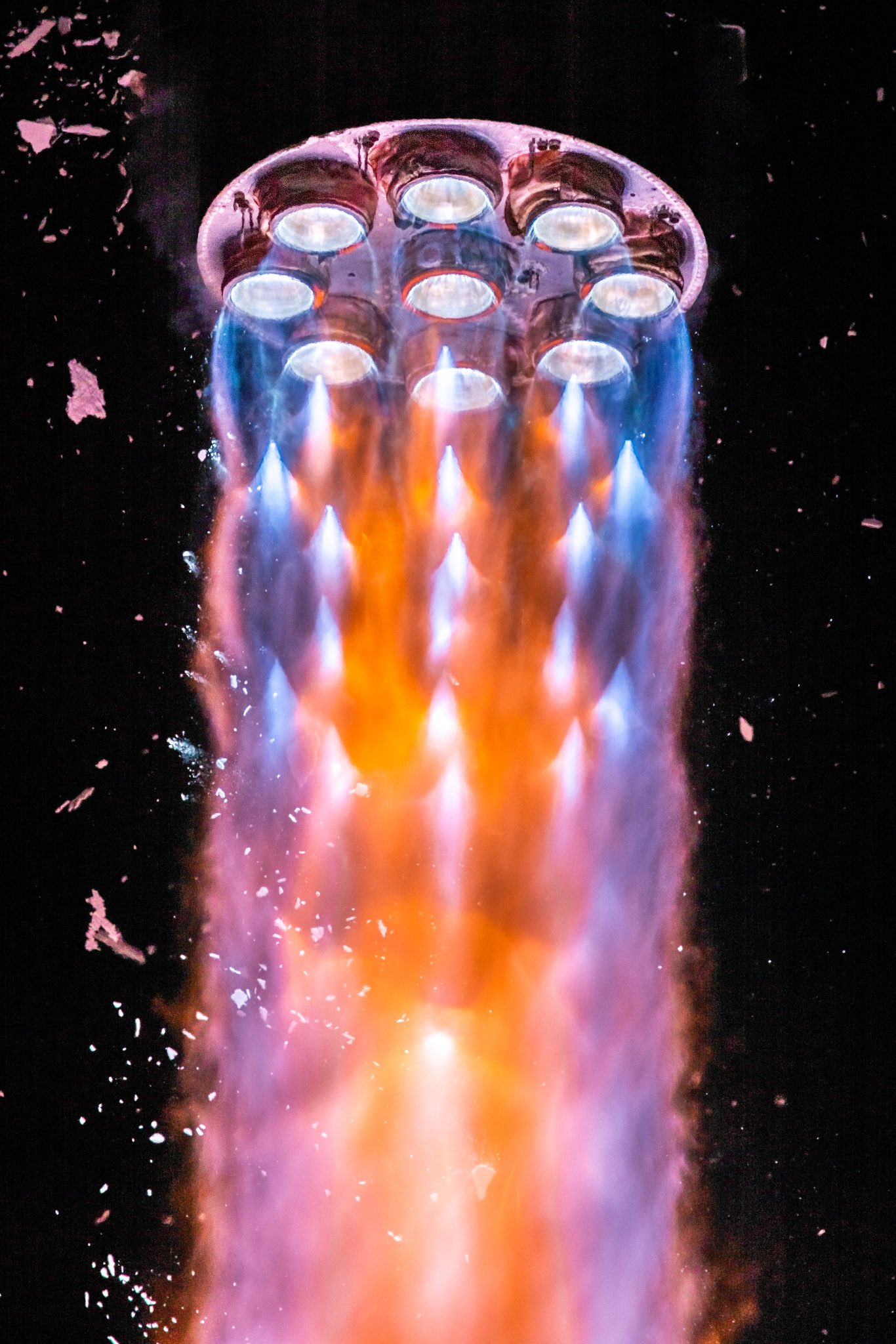
Terran I Launch, Photo Courtesy Relativity Space
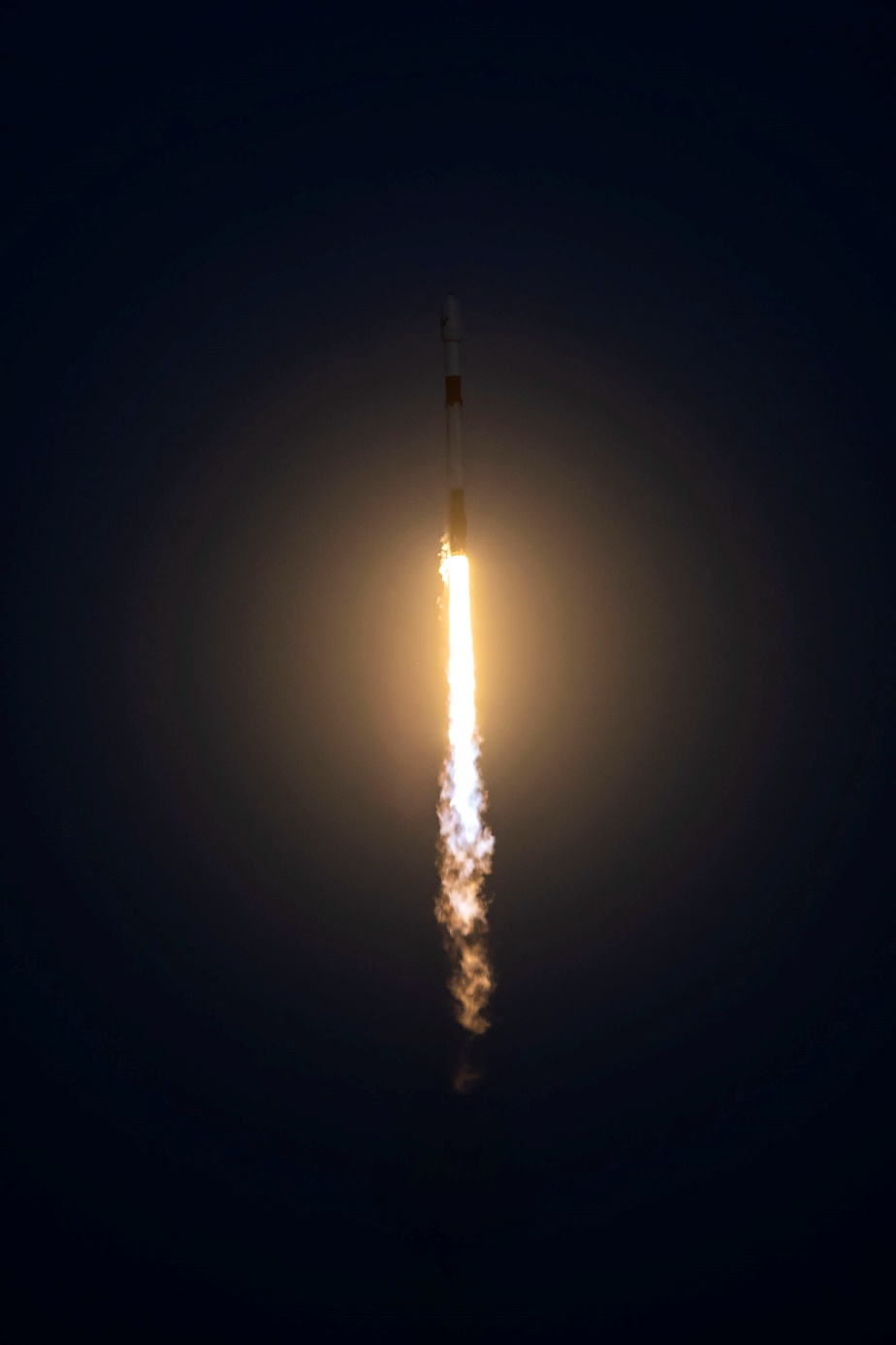
Falcon 9 SES-18/SES-19 Launch, Photo Courtesy SpaceX
Falcon 9 Launches SES-18 And SES-19 Satellites
March 17, 2023 | Reported by Cliff Lethbridge
A SpaceX Falcon 9 rocket successfully launched the SES-18 and SES-19 satellites at 7:38 p.m. EDT today from Launch Pad 40 on Cape Canaveral Space Force Station. The first stage booster employed today was being flown for the sixth time, having previously supported the CRS-24, Hotbird-13F, OneWeb-15 and two Starlink missions. The booster was successfully recovered today with a landing on the "Just Read the Instructions" drone ship, positioned on the Atlantic Ocean about 400 miles east of Cape Canaveral. The SES-18 and SES-19 satellites, owned and operated by SES of Luxembourg and built by Northrop Grumman, are designed to provide television, radio and data relay services to users in North America. The satellites will be deployed to geostationary orbit about 22,000 miles above Earth, with SES-18 at 103 degrees west longitude and SES-19 at 135 degrees west longitude. The satellites have a design life of about 15 years.
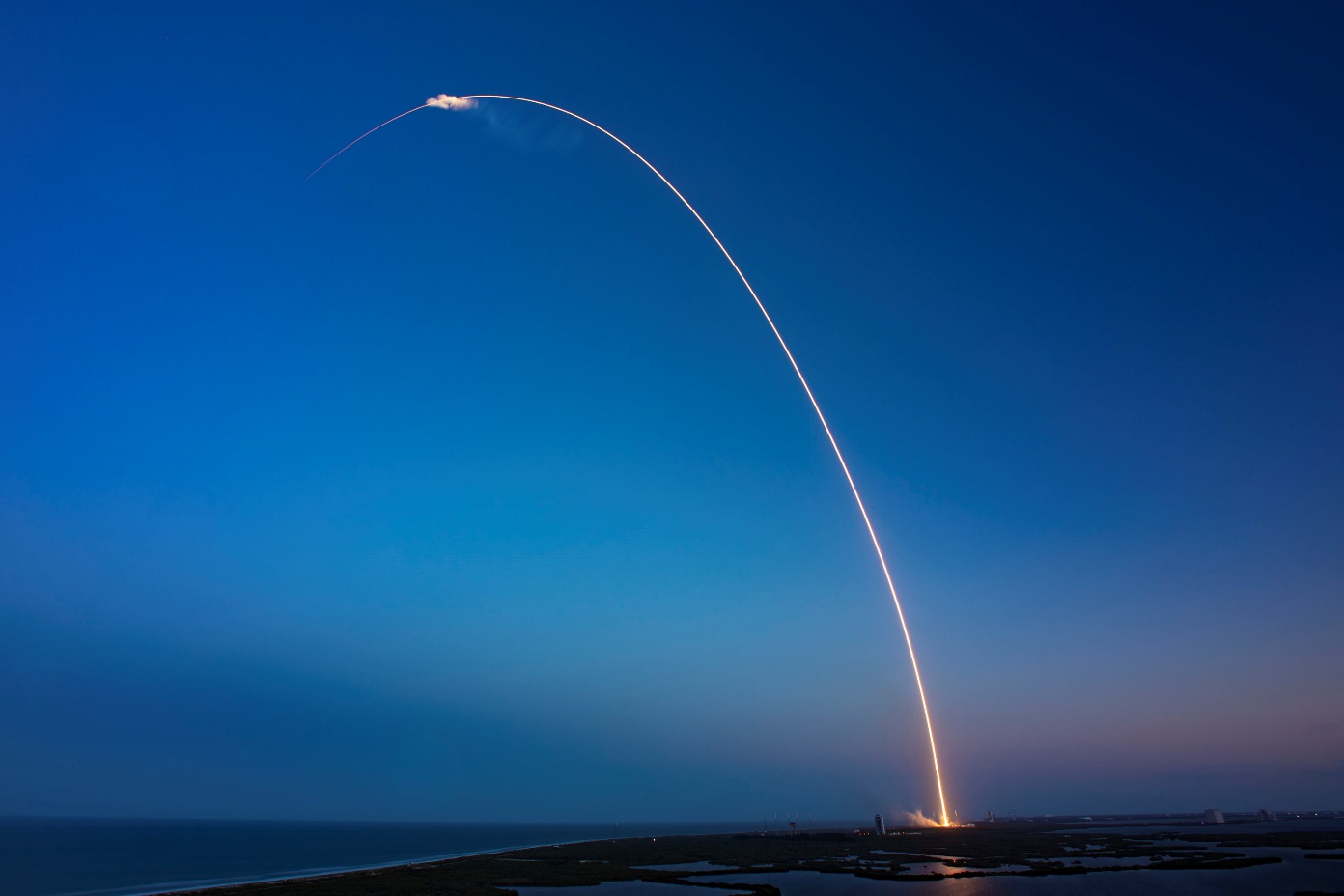
Falcon 9 SES-18/SES-19 Streak Shot, Photo Courtesy SpaceX
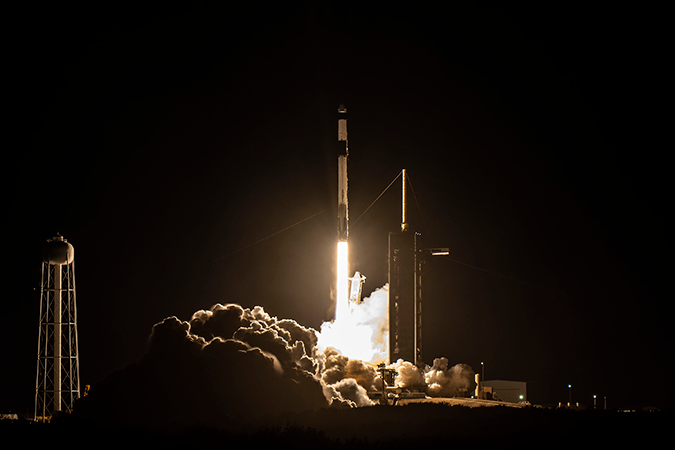
Falcon 9 CRS-27 Launch, Photo Courtesy SpaceX
Falcon 9 Launches CRS-27 Payload For NASA
March 14, 2023 | Reported by Cliff Lethbridge
A SpaceX Falcon 9 rocket successfully launched the CRS-27 payload for NASA at 8:30 p.m. EDT today from Launch Pad 39A at the Kennedy Space Center. The first stage booster employed today was being flown for the seventh time, having previously supported the Amazonas Nexus, SES-22, HAKUTO-R and three Starlink missions. The booster was successfully recovered today with a landing on the "A Shortfall of Gravitas" drone ship, positioned on the Atlantic Ocean about 400 miles northeast of Cape Canaveral. This was the 27th unmanned Dragon spacecraft launched to the International Space Station (ISS) under the Commercial Resupply Services contract between NASA and SpaceX. The Dragon spacecraft launched today was being flown for the third time, having previously supported the CRS-22 and CRS-24 missions. CRS-27 carries about 6,300 pounds of supplies, equipment and experiments to ISS. Dragon is expected to autonomously dock with ISS at around 7:52 a.m. EDT on Thursday, March 16. It will remain docked with ISS for about a month prior to a splashdown off the coast of Florida.
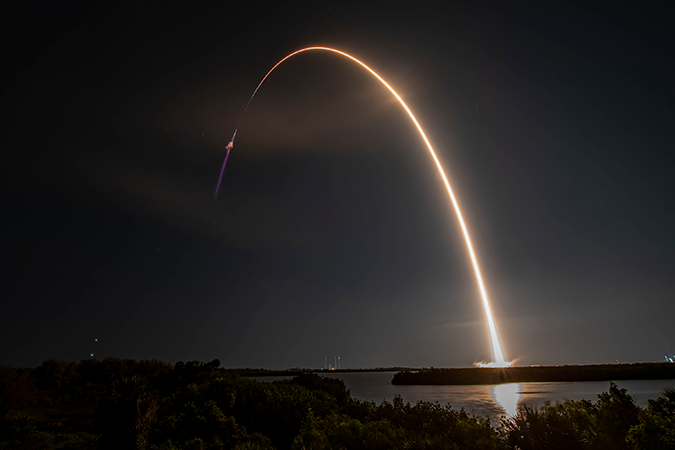
Falcon 9 CRS-27 Streak Shot, Photo Courtesy SpaceX
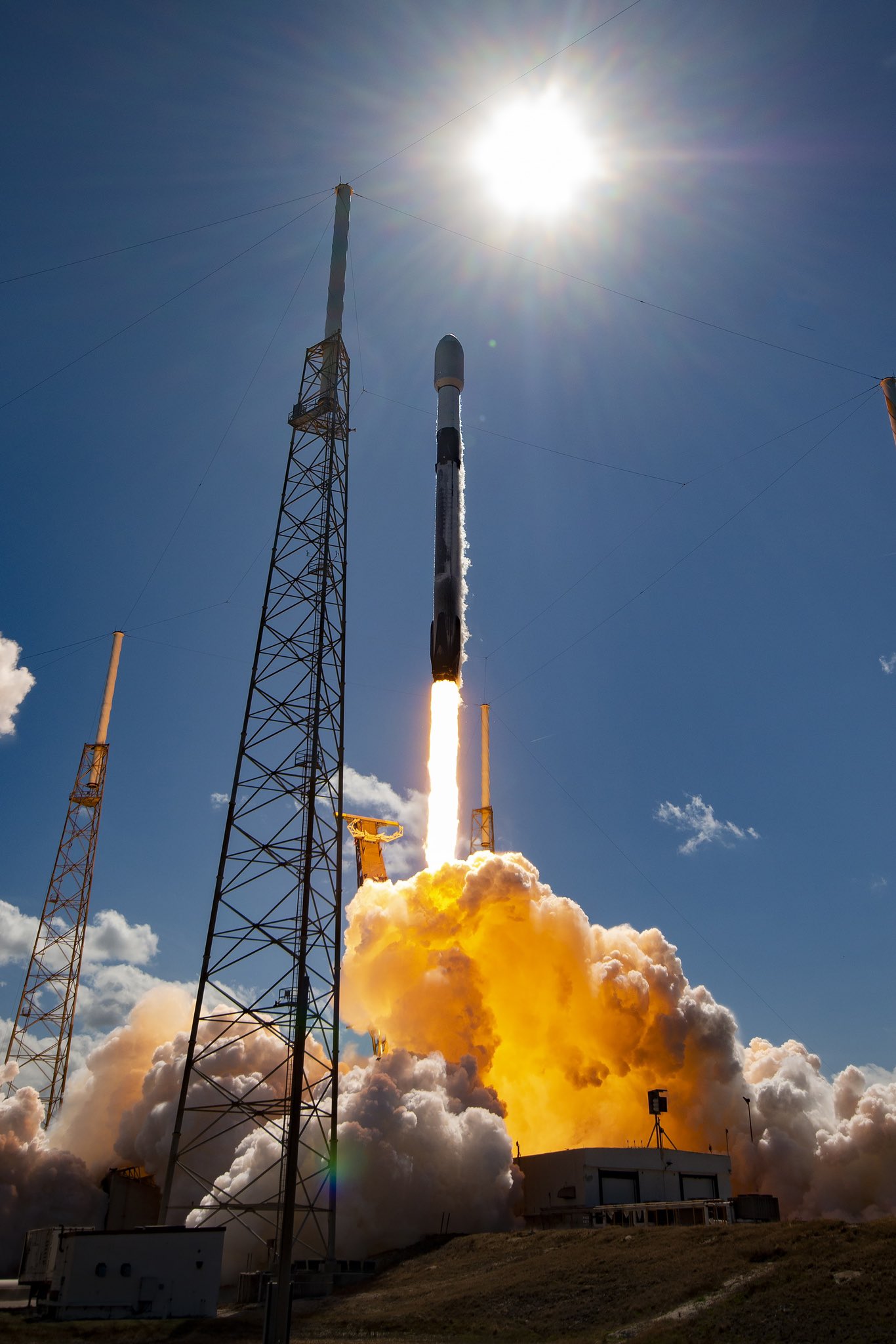
Falcon 9 OneWeb-17 Launch, Photo Courtesy SpaceX
Falcon 9 Launches OneWeb-17 Payload
March 9, 2023 | Reported by Cliff Lethbridge
A SpaceX Falcon 9 rocket successfully launched the OneWeb-17 payload at 2:13 p.m. EST today from Launch Pad 40 on Cape Canaveral Space Force Station. The first stage booster employed today was being flown for the thirteenth time, having previously supported the GPS III-SV04, GPS III-SV05, Inspiration4, Axiom-1, Nilesat-301 and seven Starlink missions. The booster was successfully recovered today with a landing at Landing Zone-1 on Cape Canaveral Space Force Station. The OneWeb-17 payload consisted of 40 broadband Internet satellites for the company's OneWeb satellite constellation, a competitor to SpaceX's own Starlink constellation. This was the third and final dedicated SpaceX launch for OneWeb, the launches having resulted from the cancellation of contracts for Russian Soyuz rockets that the company cancelled following the Russian invasion of Ukraine. Today's launch brings to a total of 584 OneWeb satellites launched to date, bringing the company to within inches of having the 588 satellites necessary for it to provide worldwide space-based Internet service.
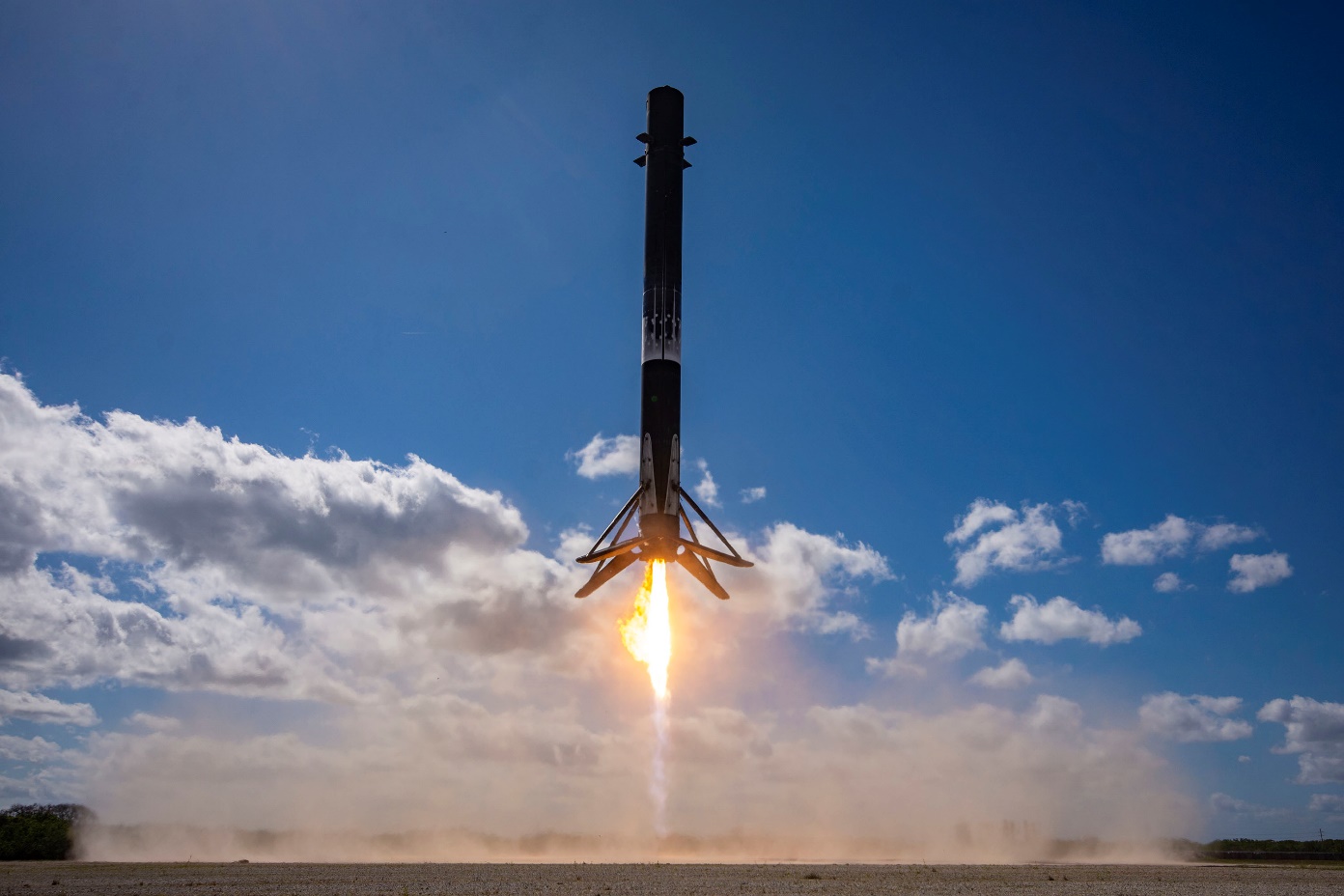
CAPTIONFalcon 9 OneWeb-17 Booster Landing, Photo Courtesy SpaceX
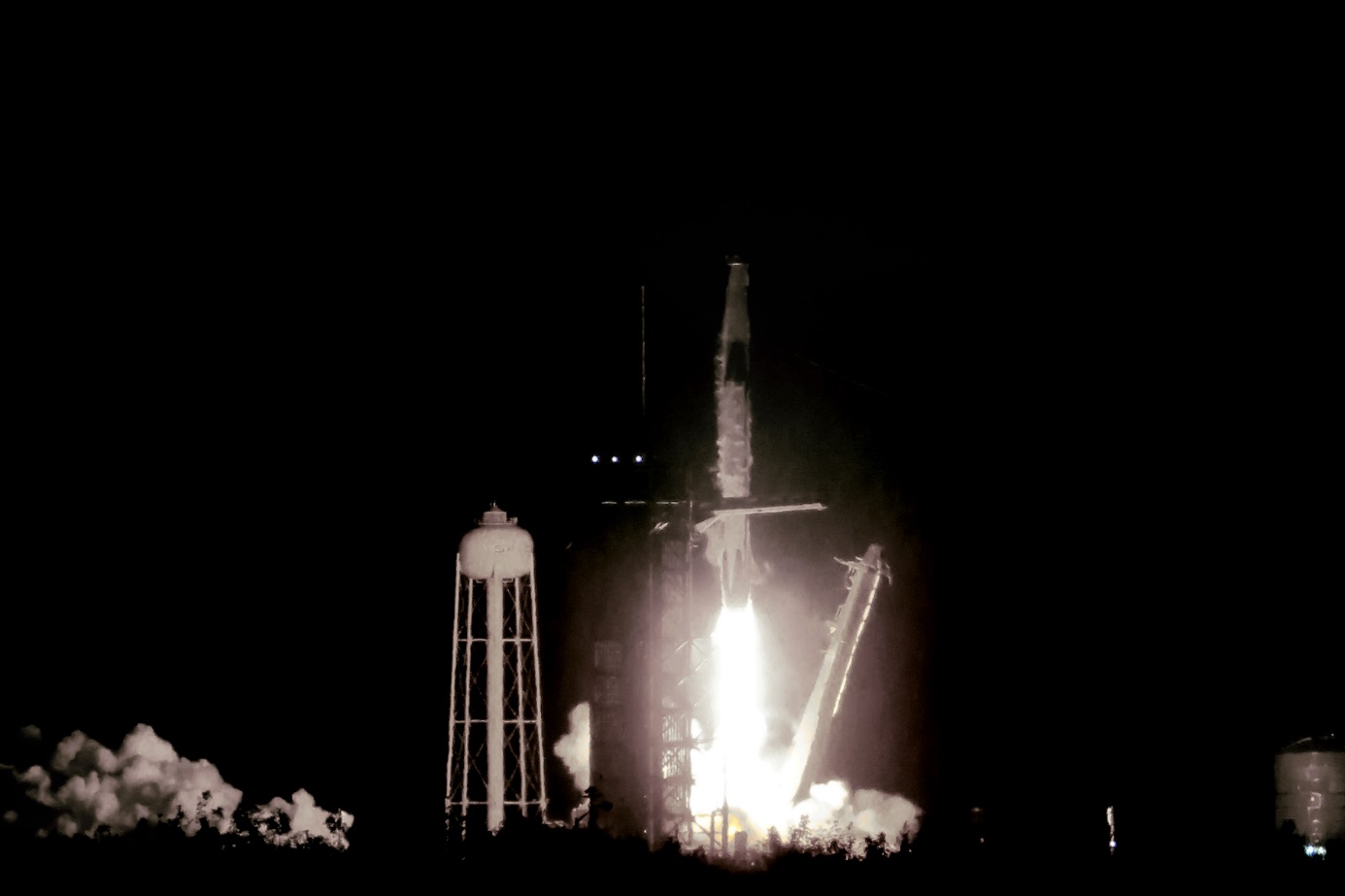
Falcon 9 Crew-6 Launch, Photo Courtesy Carleton Bailie/Spaceline
Falcon 9 Launches Four Astronauts On Crew-6 Mission
March 2, 2023 | Reported by Cliff Lethbridge
A SpaceX Falcon 9 rocket successfully launched a Dragon spacecraft on the Crew-6 mission at 12:34 a.m. EST today from Launch Pad 39A at the Kennedy Space Center. The Dragon spacecraft, named Endeavour, carried NASA astronauts Stephen Bowen and Warren Hoburg, along with United Arab Emirates (UAE) astronaut Sultan Alneyadi and Roscosmos cosmonaut Andrey Fedyaev, for a science expedition aboard the space station. During Dragon's flight, SpaceX will monitor a series of automatic spacecraft maneuvers from its mission control center in Hawthorne, California, and NASA teams will monitor space station operations throughout the flight from the Mission Control Center at the agency's Johnson Space Center in Houston. Dragon will dock autonomously to the space-facing port of the station's Harmony module around 1:17 a.m. Friday, March 3. Endeavour was being flown for the fourth time, having previously supported the DM-2, Crew-2 and Axiom-1 missions. The first stage booster employed today was being flown for the first time, and was successfully recovered with a landing on the "Just Read the Instructions" drone ship, positioned on the Atlantic Ocean about 400 miles northeast of Cape Canaveral.
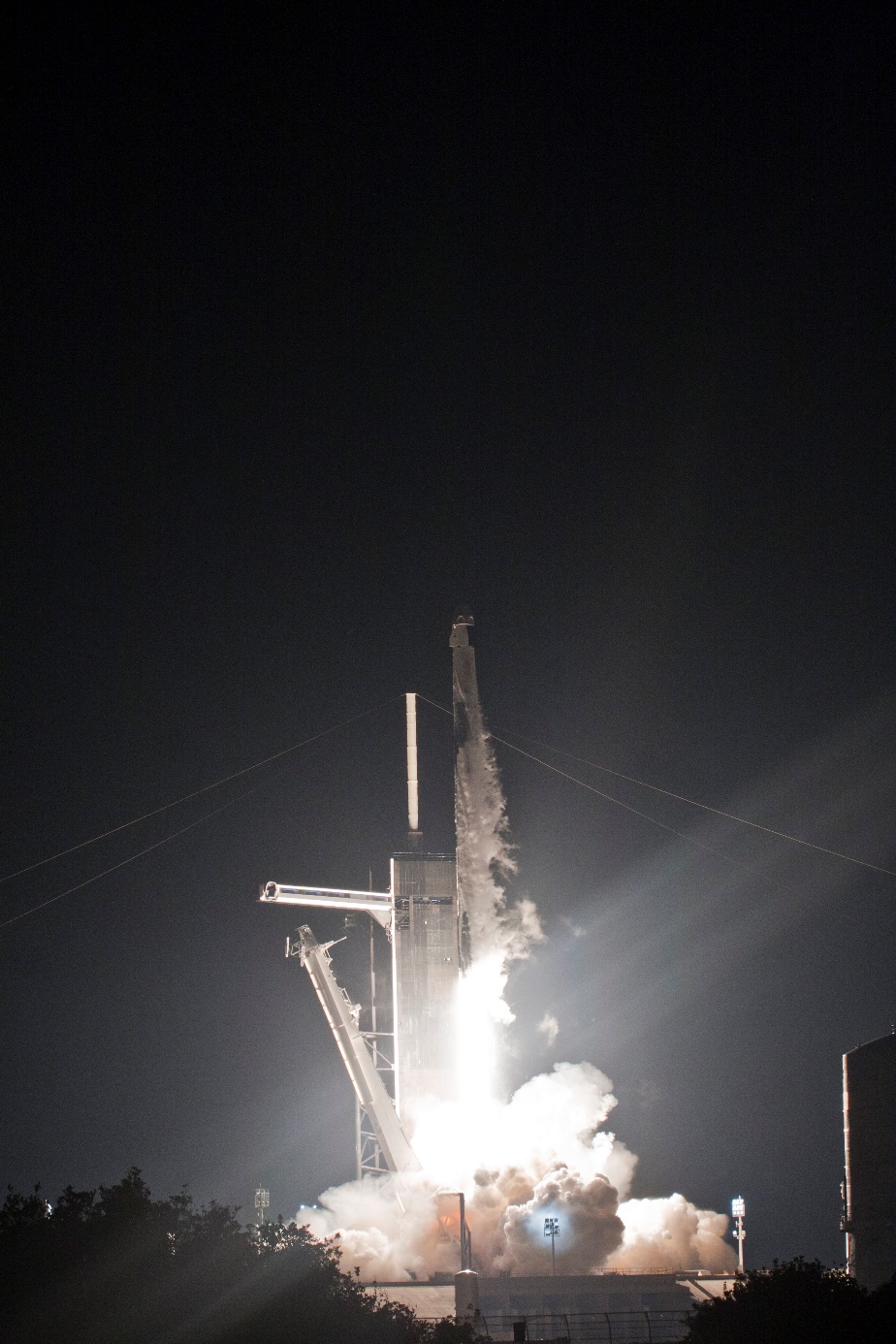
Falcon 9 Crew-6 Launch, Photo Courtesy Carleton Bailie/Spaceline
Once aboard station, Crew-6 will join the Expedition 68, consisting of NASA astronauts Frank Rubio, Nicole Mann, and Josh Cassada, as well as JAXA (Japan Aerospace Exploration Agency) astronaut Koichi Wakata, and Roscosmos cosmonauts Sergey Prokopyev, Dmitri Petelin, and Anna Kikina. For a short time, the 11 crew members will live and work in space together until Crew-5 members Mann, Cassada, Wakata, and Kikina return to Earth a few days later. This will be Bowen's fourth trip into space as a veteran of three space shuttle missions: STS-126 in 2008, STS-132 in 2010, and STS-133 in 2011. Bowen has logged more than 40 days in space, including 47 hours, 18 minutes during seven spacewalks. As mission commander, he will be responsible for all phases of flight, from launch to re-entry. He will serve as an Expedition 68-69 flight engineer aboard the station. The mission will be Hoburg's first flight since his selection as an astronaut in 2017. As pilot, he will be responsible for spacecraft systems and performance. Aboard the station, he will serve as an Expedition 68-69 flight engineer.
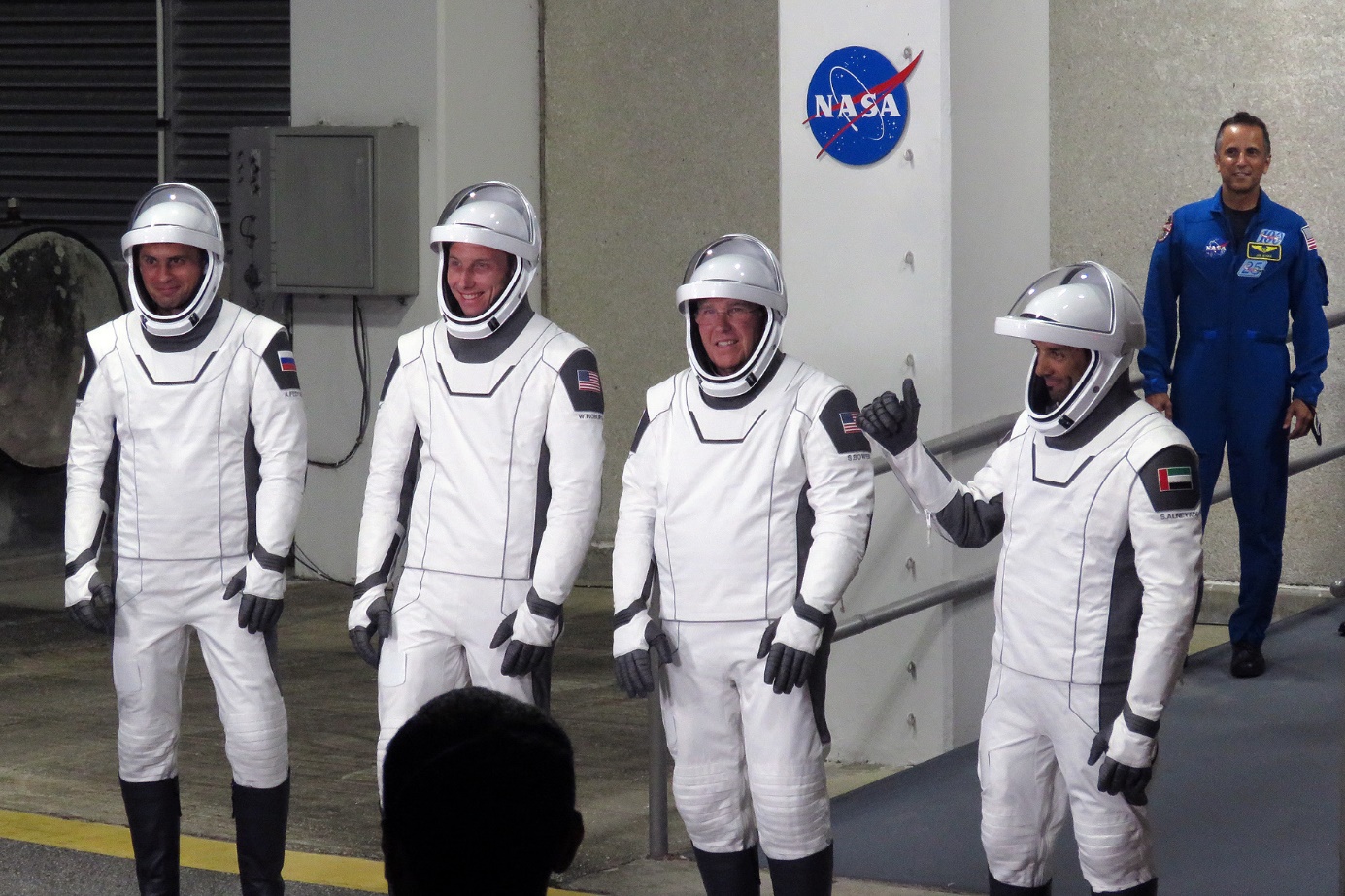
Crew-6 Astronauts, Photo Courtesy Carleton Bailie/Spaceline
Alneyadi will be making his first trip to space, representing the Mohammed bin Rashid Space Center of the UAE. Alneyadi is the first UAE astronaut to fly on a commercial spacecraft. Once aboard the station, he will become a flight engineer for Expedition 68-69. Fedyaev will be making his first trip to space, and also will serve as a mission specialist, working to monitor the spacecraft during the dynamic launch and re-entry phases of flight. He will be a flight engineer for Expedition 68-69. The Crew-6 mission enables NASA to maximize use of the space station, where astronauts have lived and worked continuously for more than 22 years testing technologies, performing science, and developing the skills needed to operate future commercial destinations in low-Earth orbit and explore farther from Earth. Research conducted on the space station provides benefits for people on Earth and paves the way for future long-duration trips to the Moon and beyond through NASA's Artemis missions.
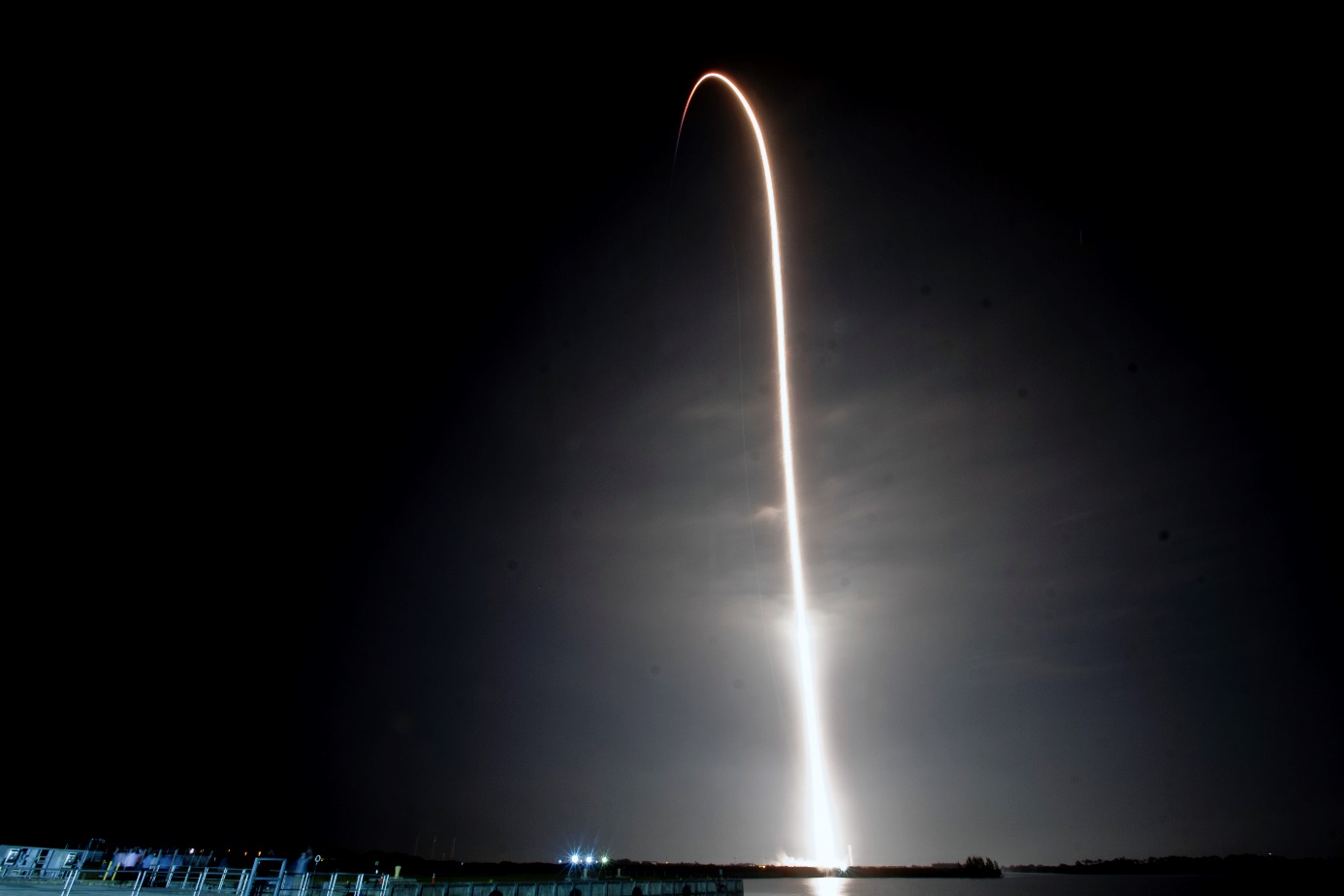
Falcon 9 Crew-6 Streak Shot, Photo Courtesy Carleton Bailie/Spaceline



